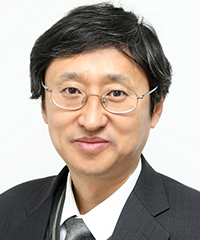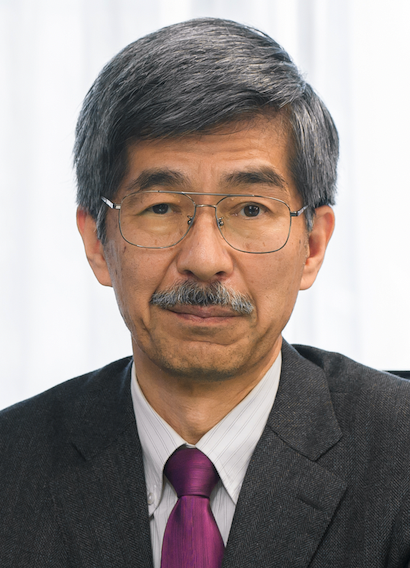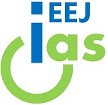Atsuo Kawamura (Life Fellow, IEEE) received the B.S.E.E., M.S.E.E., and Ph.D. degrees in electrical engineering from the University of Tokyo, Tokyo, Japan, in 1976, 1978, and 1981, respectively. After the five-year-stay at the University of Missouri-Columbia as a faculty member, he joined Yokohama National University in 1986, and in 1996 he became a professor. He served as a dean of College of Engineering Science and Graduate School of Engineering from 2013 to 2015. He has become Professor Emeritus in 2019, and now is a professor of endowed chair (Power Electronics) at the same university. He has served to completion of 38 Ph.D and 147 Master’s and 179 Bacheler’s students. He holds 7 patents and has published more than 130 journal papers and 320 international and 560 domestic conference papers, and 9 books. (h-index(Google) is 45.)
His research interests include power electronics, digital control, electric vehicles, robotics, train traction control, etc. He received several awards including several Transactions Prize Paper Awards from IEEE and IEEJ.
Dr. Kawamura is a Fellow of the Institute of Electrical Engineers of Japan(IEE of Japan).
With the advent of wide bandgap semiconductor devices, power conversion with high conversion efficiency has become possible; however, since the output of DC-AC power conversion (inverter) is AC, it is more difficult to achieve ultra-high efficiency compared to DC-DC conversion.
First, the current state of the art in the recent literature on high efficiency inverters will be presented, followed by the latest results of a high efficiency HEECS inverter being pursued by the authors' group. With higher efficiency comes the need to guarantee the accuracy of its measurement. The authors proposed a loss measurement method called the VTASLM method, which uses only electrical measuring instruments, and measured a conversion efficiency of 99.75% and a measurement accuracy of 0.006% using a HEECS inverter as the test device. The measurement method and results are presented. In addition, the measured results of the loss breakdown will be presented and the design strategy on how to achieve higher efficiency will be discussed. The resulting data for the latest highest efficiency will be presented. Finally, applications of the HEECS inverter will be presented, including non-unity power factor operation and motor drive control.






















